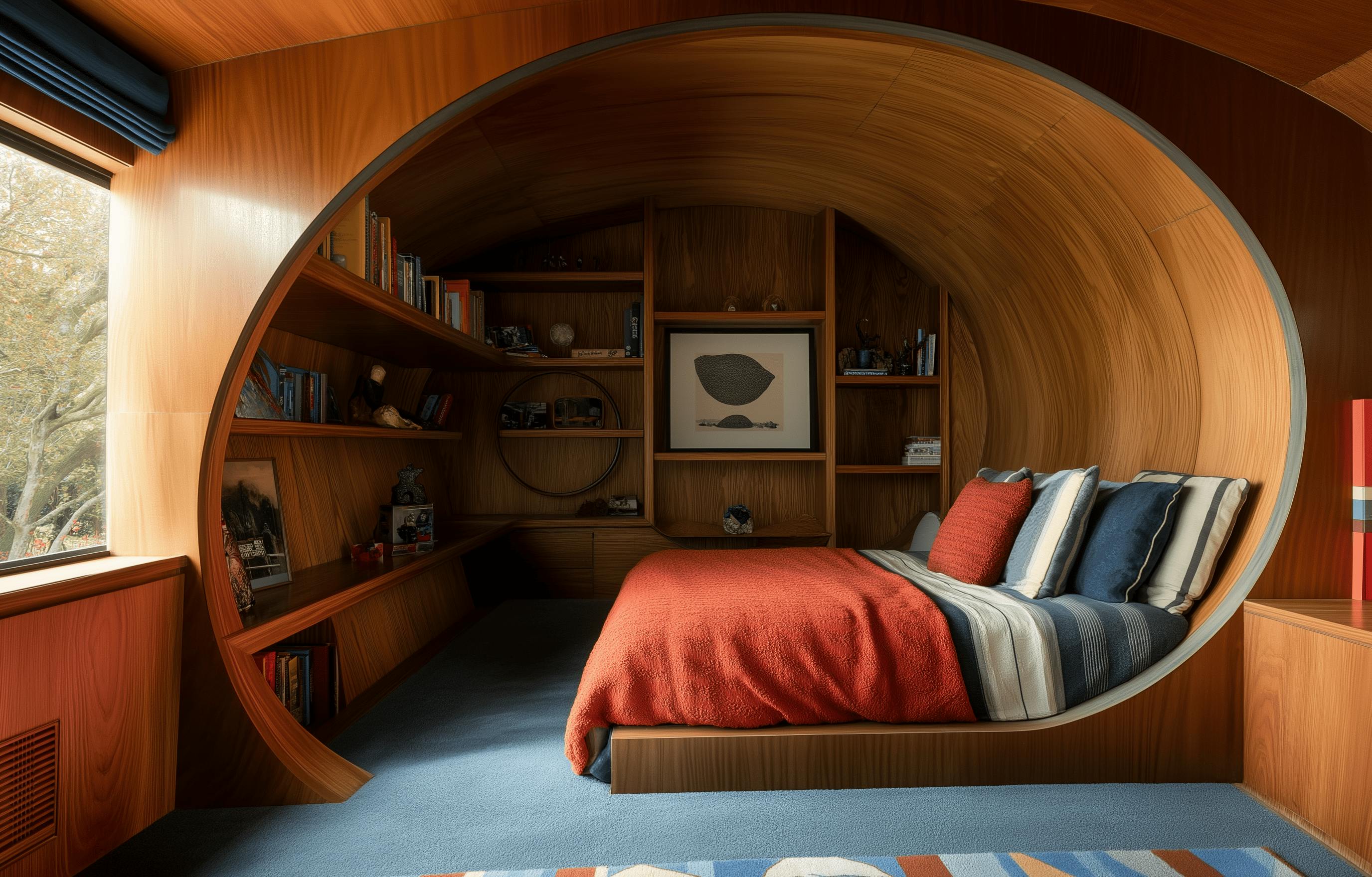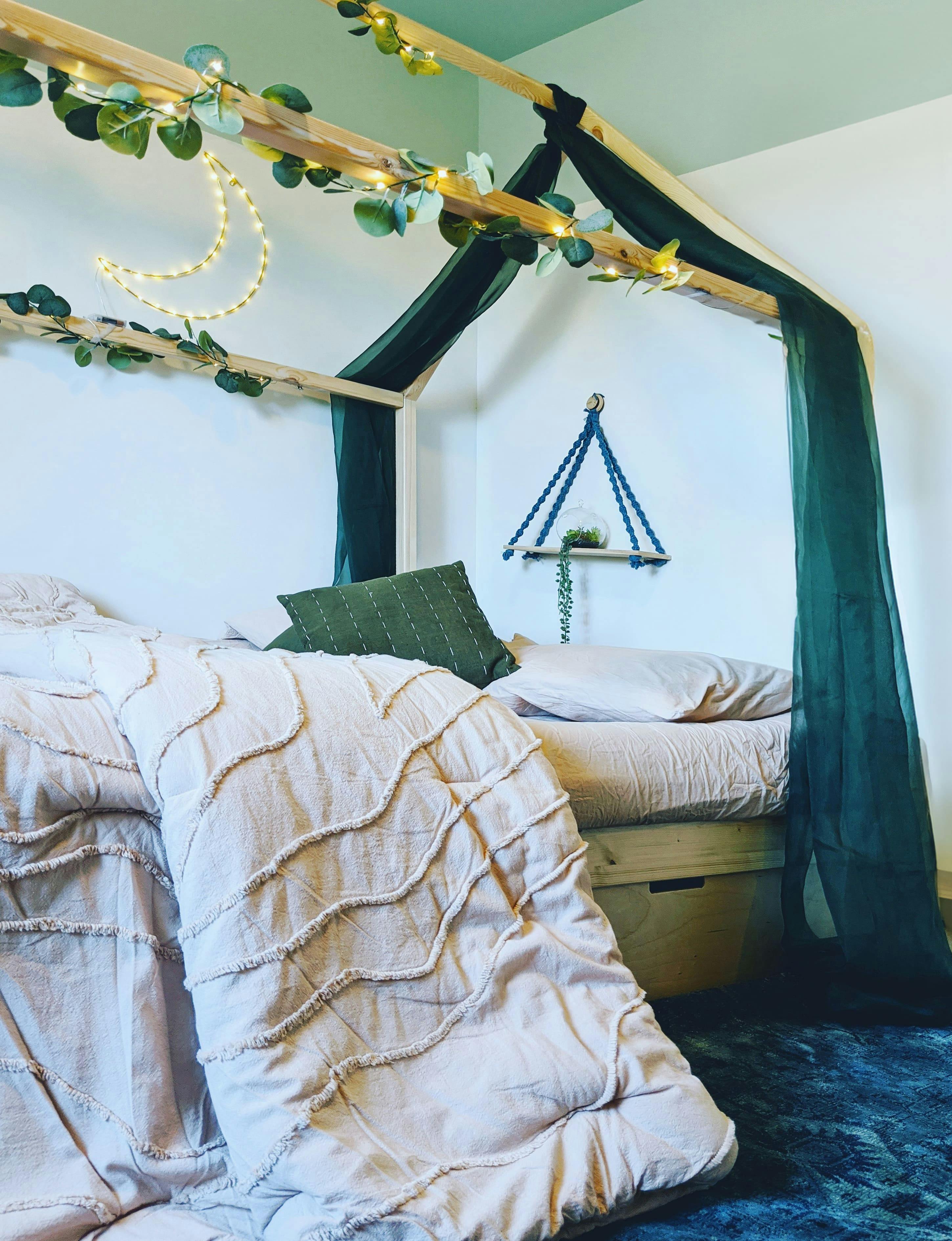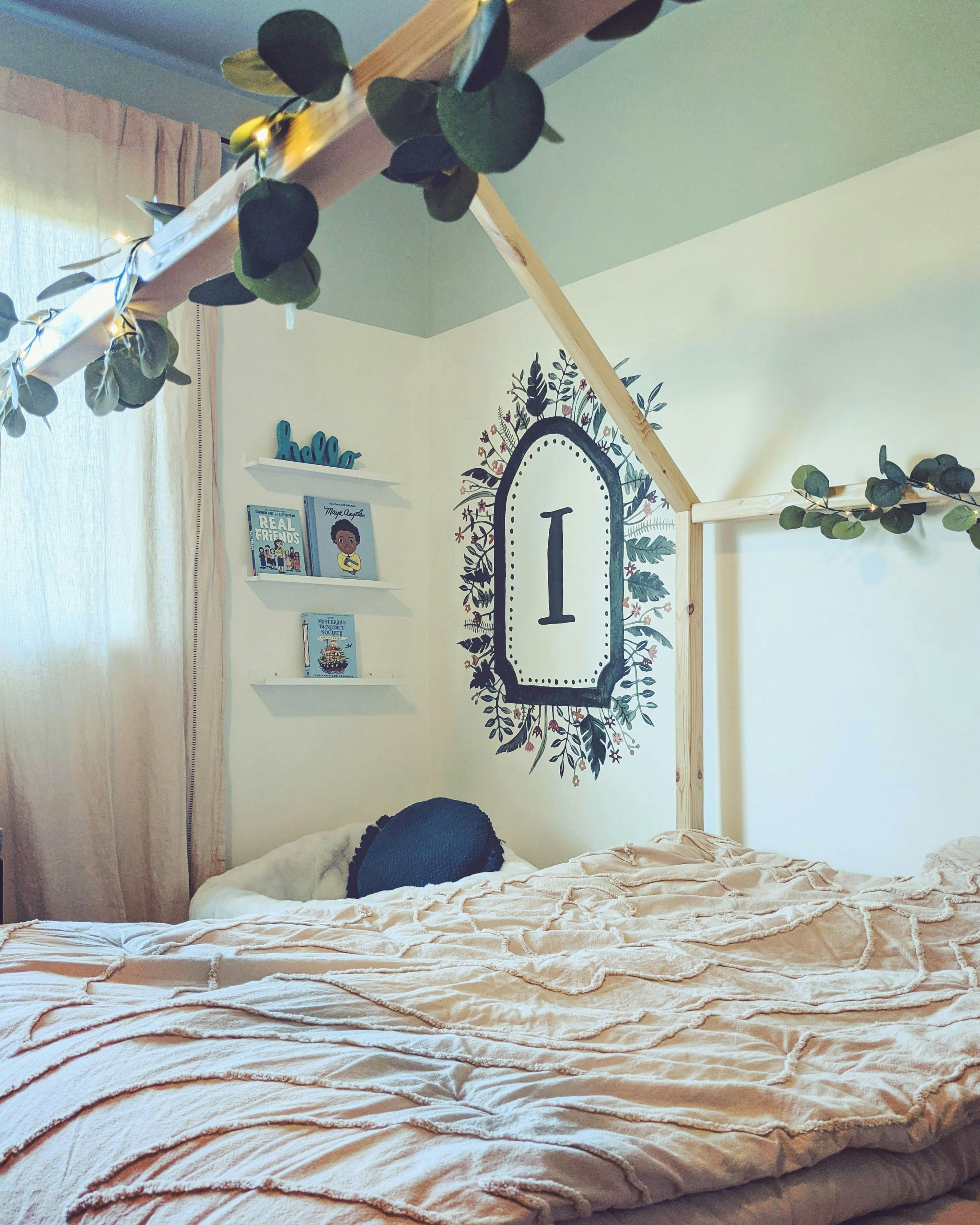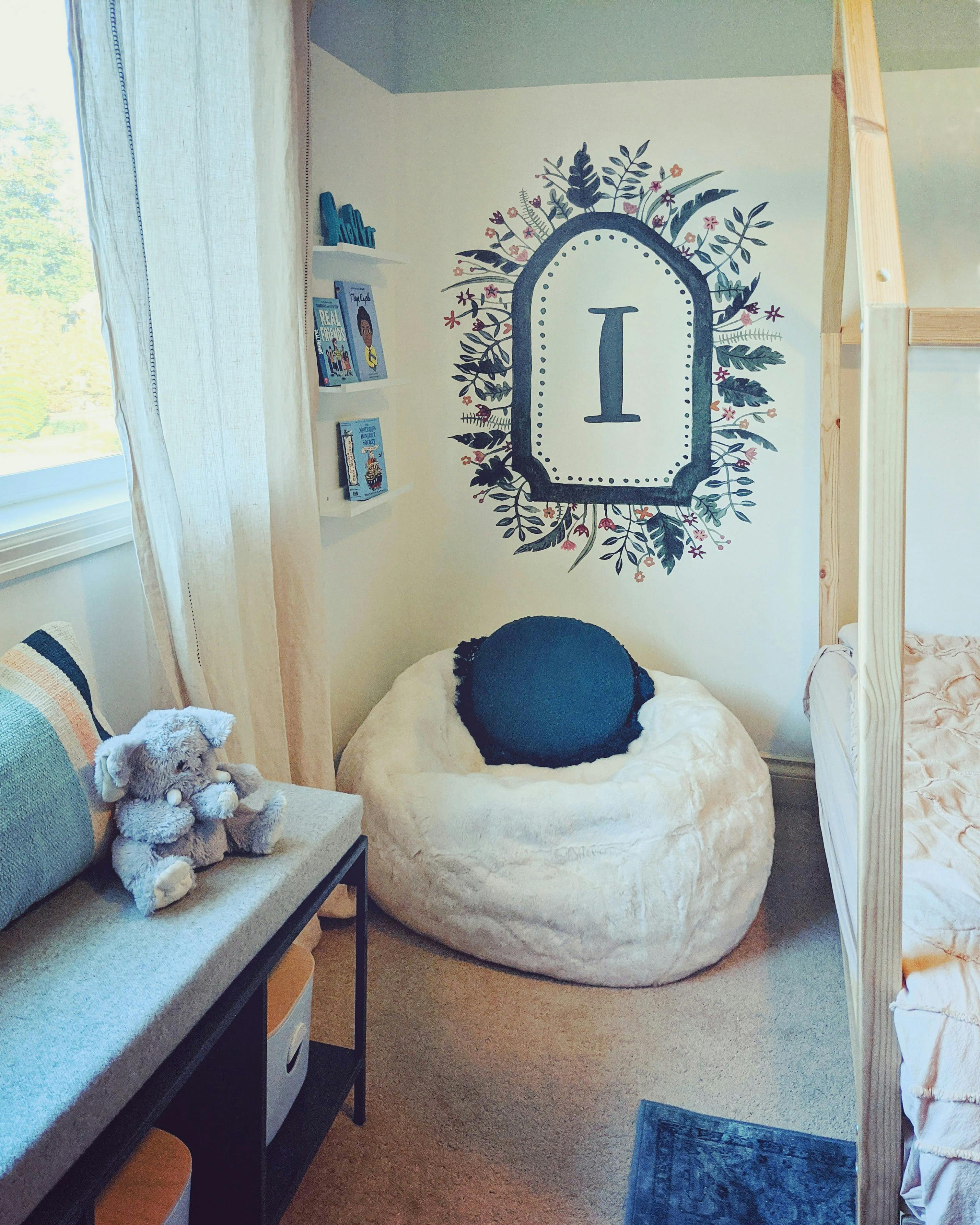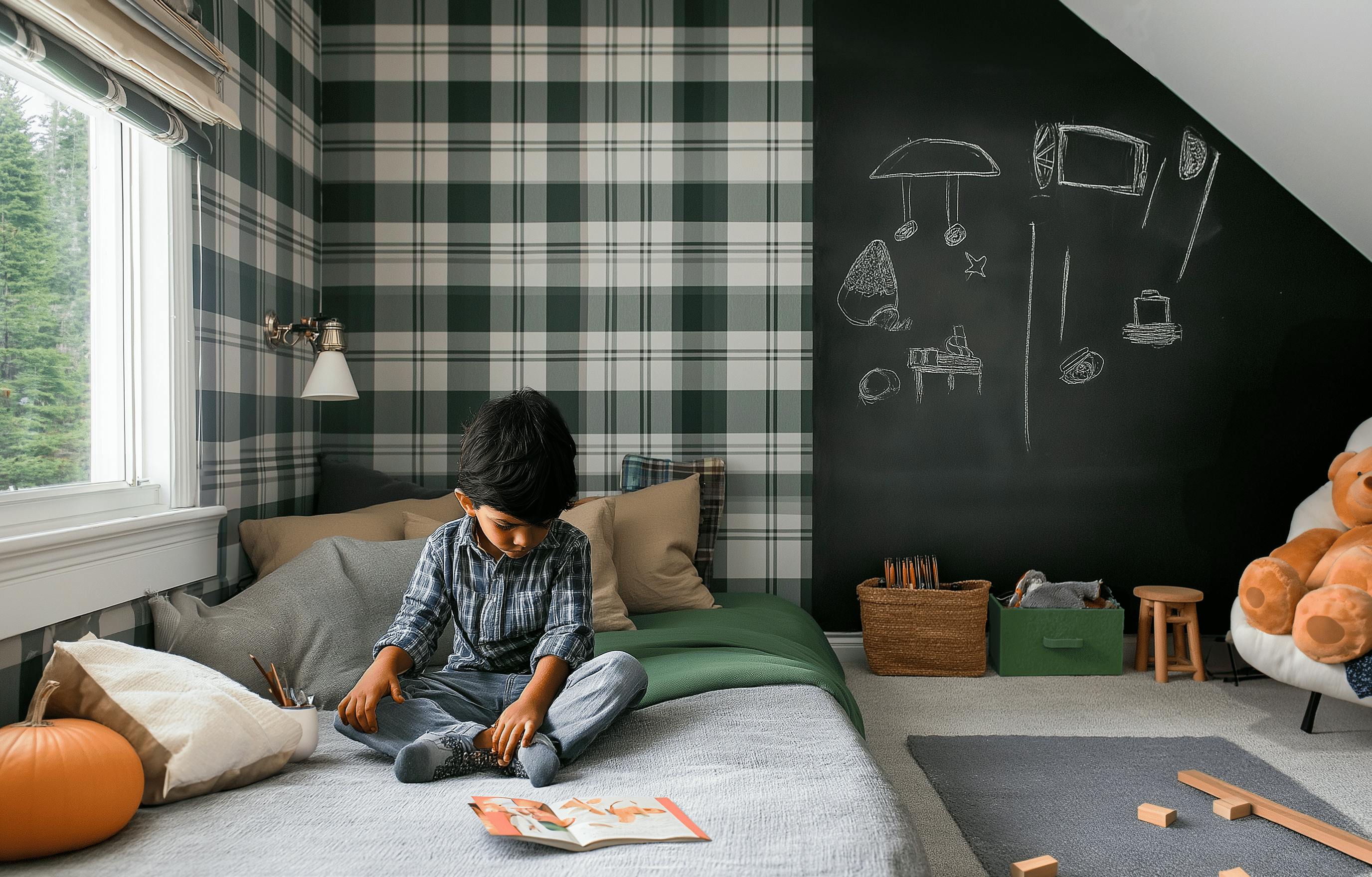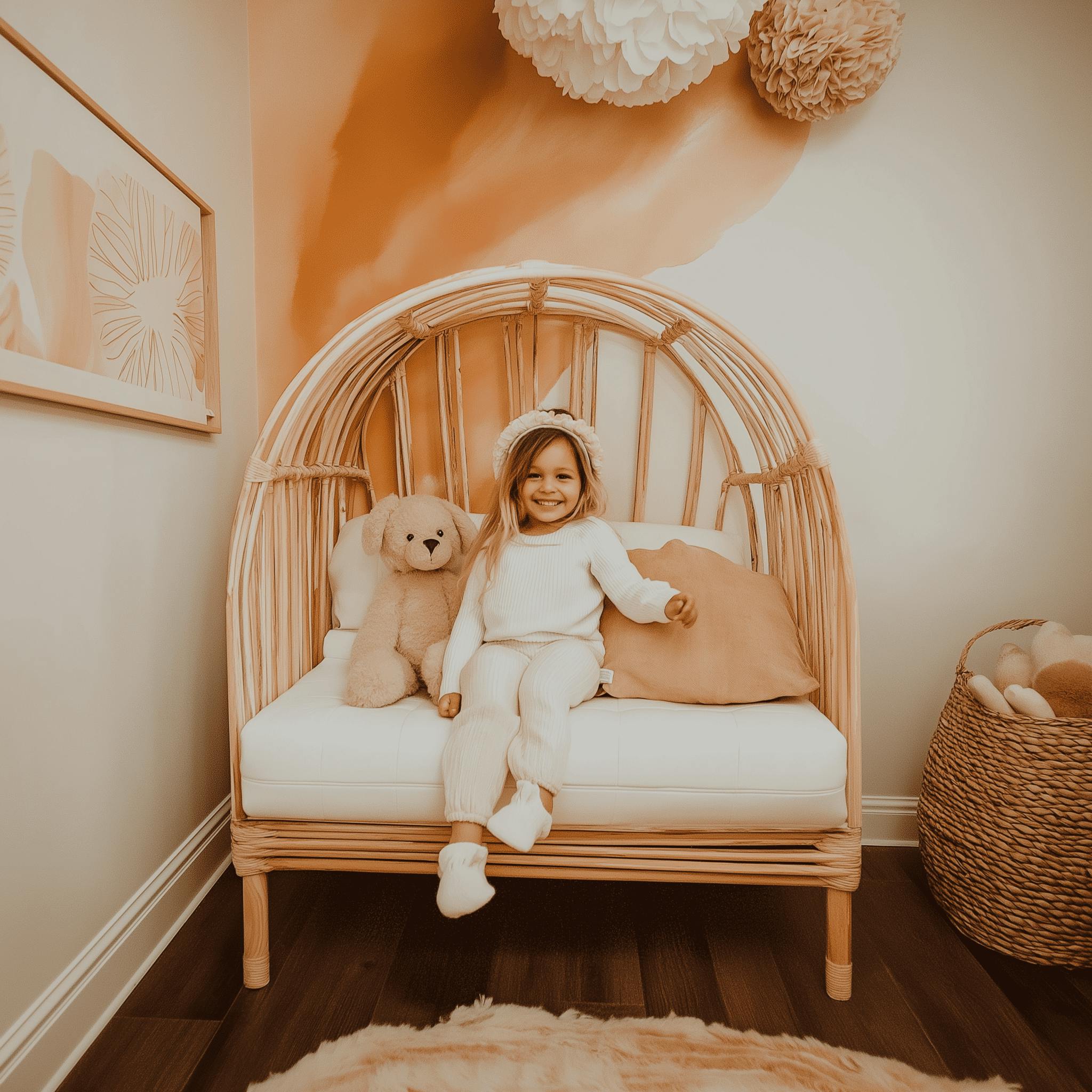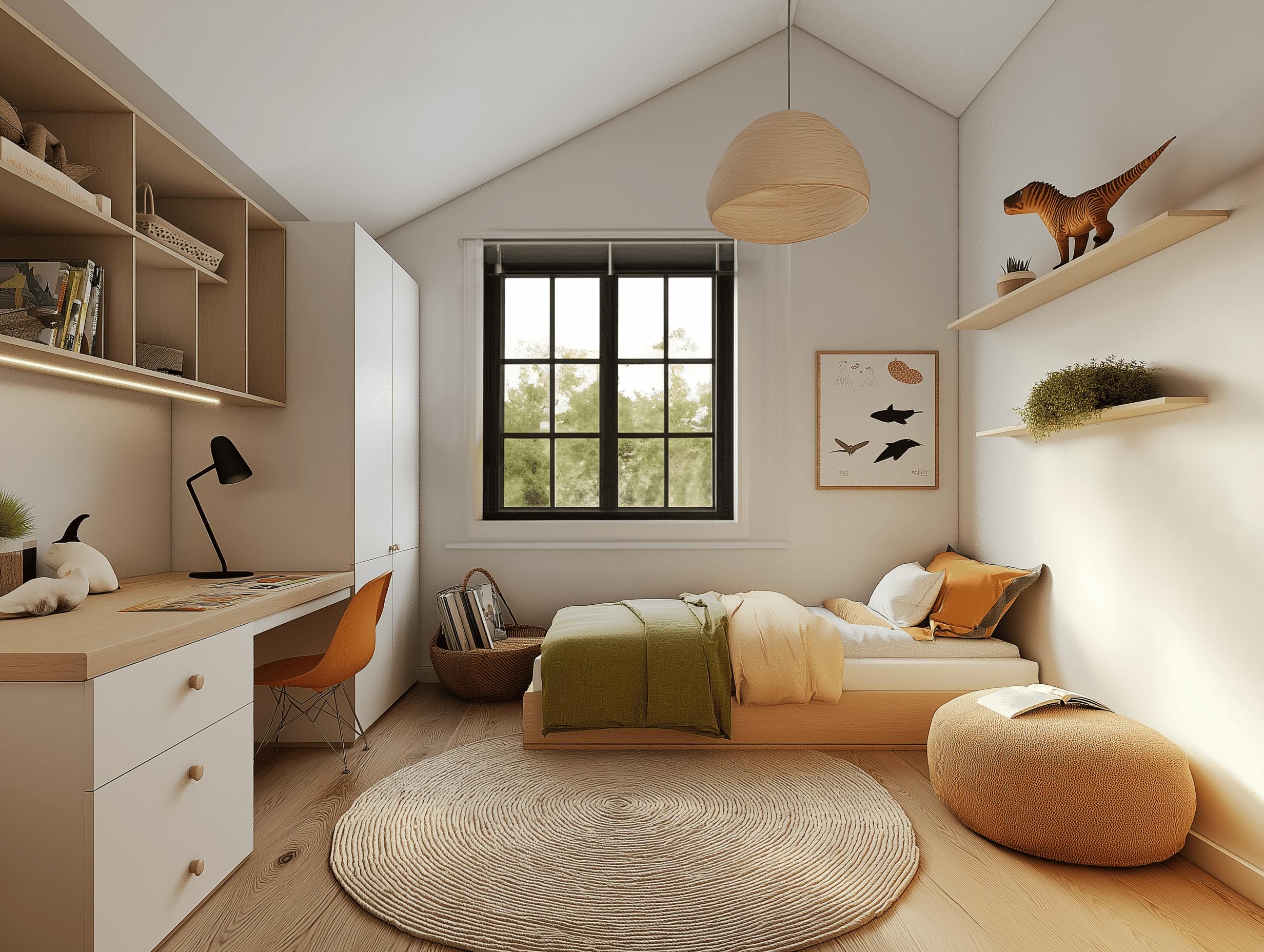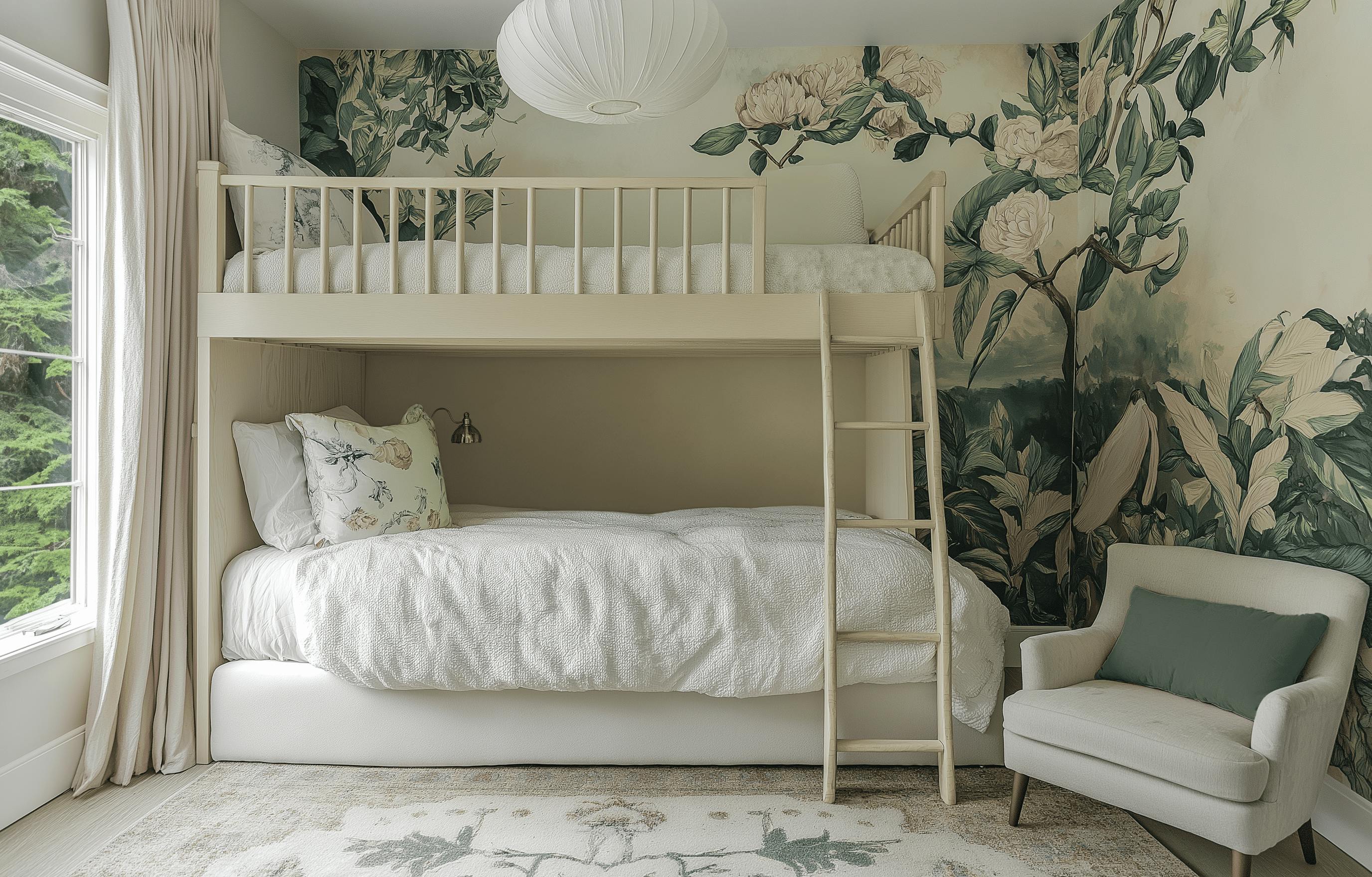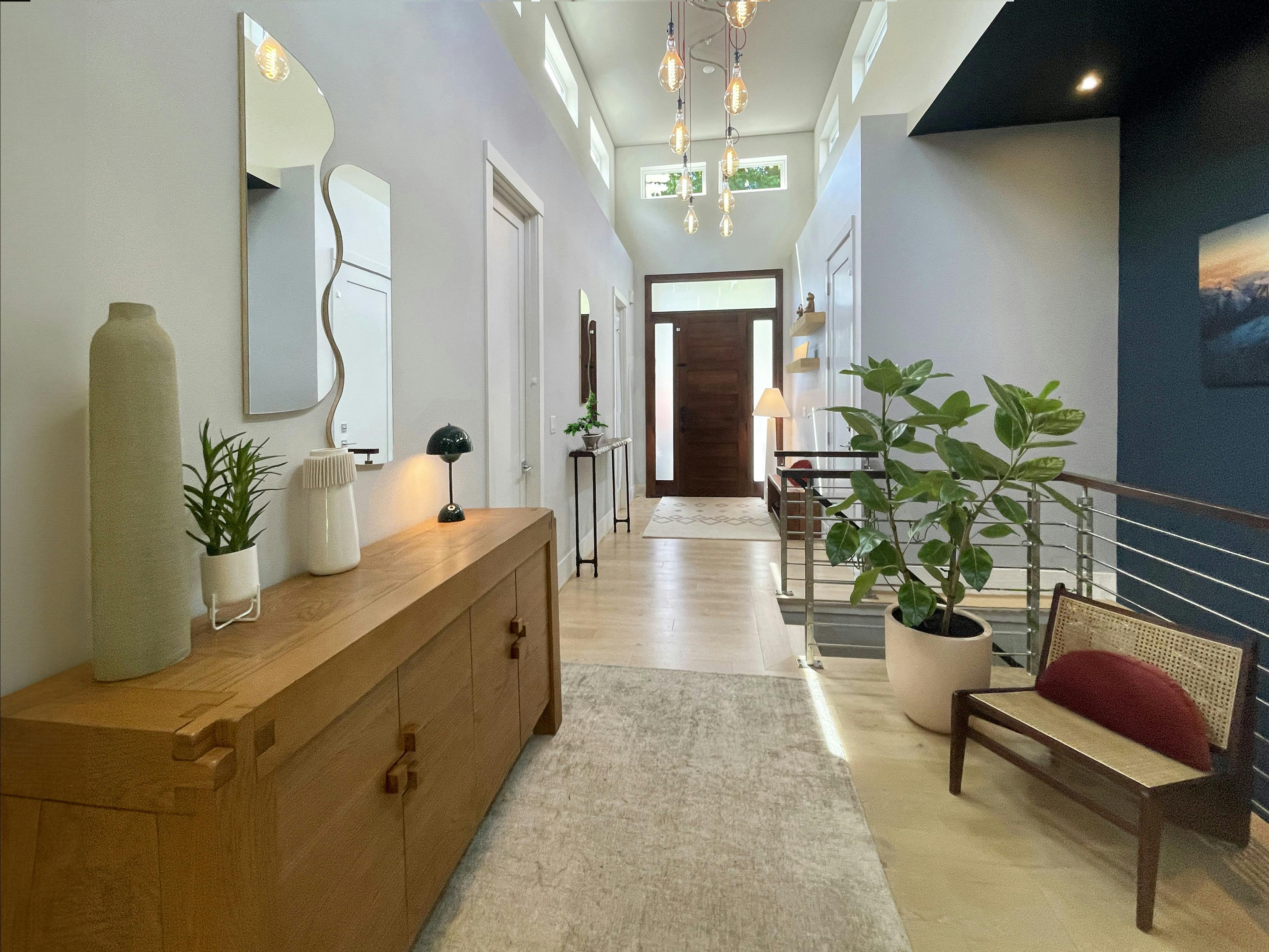Renowned for its top-rated schools, low crime rates, and close-knit community, Mercer Island is a dream destination for families seeking a nurturing environment for their children. After all, it takes a village to raise a child, doesn't it? Home to over 25,000 residents, Mercer Island has all the facilities and a thriving, supportive community perfect for raising a family.
But what if we told you that you can do more for your child’s development than just finding a great community to grow up in? Thoughtful interior design can enhance both cognitive abilities and social growth, providing an environment that nurtures your child in more ways than one.
According to a Journal of Engineering Research, interior design has a significant physiological and psychological impact on kids' overall growth. So today let’s delve deeper into the world of interior design for kids, exploring how intentional choices can create spaces that inspire growth, creativity, and well-being.
